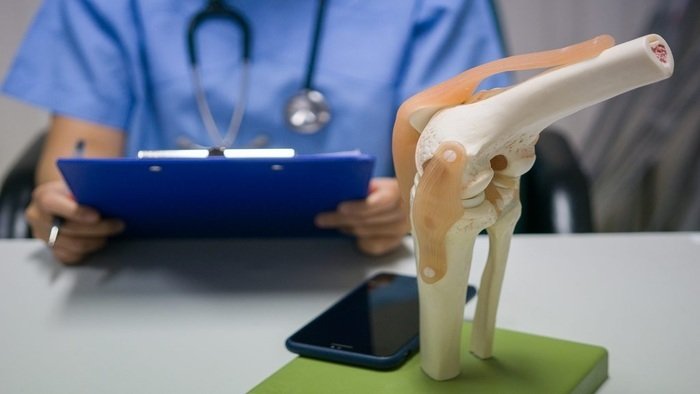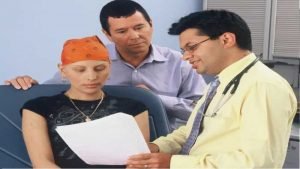We are rightly aware of the term ortho, as well as about the role of an orthopedist. Orthopedic treatment is a vast concept with various approaches. After the physical examination and diagnosis, our physician refers us to an orthopedist for further detailed physical-examination.
For the correct diagnosis of the condition, CT scan, X-ray, MRI, and bone scans are mandatory.
Indications of Orthopedic Treatment
All these conditions require orthopedic treatment with different approaches.
- Fracture
- Deformity
- Ligament or tendon tear/Injury
- Sports Injury
- Back and neck pain
- Meniscal Tear
- Joint Dislocation
- Bone tumor
- Malunion or Non-union in fracture cases.
- Bone Infection
- Amputation
- Shoulder pain (Frozen Shoulder)
- Knee pain/ligament injuries/arthritis
- Injury/Infection of the spine
These are the most common problems, but not every ortho related condition requires an orthopedic or a surgical procedure.
What an Orthopedic Treatment Consists of?
Orthopedic treatment consists of two types
- Surgical treatment
- Non-surgical/Non-operative treatment
An Orthopedist works with a team, they have different treatment methods depending upon the condition of the patient. This team takes care of the pre as well as post-operative treatment measures.
Doctors included in the orthopedic team:
- Primary Care doctors
- Psychiatrist
- Pain Specialist
- Neurologist
- Chiropractors
- Physical therapist
- Nurse
- Physician
- Psychologist
- Counselor
- Athletic trainers.
Surgical Treatment Approach
- Amputation: Removal of the entire limb/extremity or a part of it.
- Arthroscopic Surgery: It is a minimally aggressive procedure performed using an arthroscope (endoscope) inserted inside the joint through a small incision to diagnose correctly and treat problems inside the joint. This procedure is preferred because it causes less trauma.
- Cartilage Surgery: When an injury to cartilage becomes very severe, then surgical treatment is preferred. This surgical procedure also involves an arthroscope.
- Open Reduction and internal fixation (ORIF): This surgical procedure is for fractures. It is to put broken pieces of bones in its place, mostly carried out when the case is severe.
- Ligament Surgery/Reconstruction: This type of surgery is when there is a ligament tear. The ligament gets replaced with a piece of tendon.
- Spine Surgery: Certain types of spine-related conditions require surgery. It can be due to a tumor, or when pressure builds up over the nerves, bone infection, or a fracture.
- Tendon repair/surgery: Tendon repair surgery is when the tendon is torn or severely damaged.
- Cartilage repair: When the cartilage of the joint degenerates or is damaged, so this type of damage can occur due to overuse, repetitive movements, sports injury, and trauma.
- Bunionectomy: It is the removal of a bent or deformed part of the foot near the big toe.
Non-Surgical Treatment Approach
- Oral Medications– an Orthopedist will also help you with what medications you have to take. It is a win-win situation if the examinations eliminate the surgery aspect because the non-surgical procedure is most preferred by all.
- Steroid Injections– If you like it or not, you have to make peace with this treatment approach. This is one non-surgical procedure some people are a little scared of, but always better than surgery.
- Minimally invasive procedures– These procedures involve small/tiny incisions instead of the large opening. This results in quick recovery, less pain, and less trauma. Effectiveness is similar as compared to surgical procedures.
- Physical therapy– A type of treatment that involves exercise, manual therapy, evidence-based kinesiology, use of electrical modalities, mobilization techniques, and much more. It is a modern and exceptionally effective therapy that aims at restoring, preserving, and enhancing our movements and body functions.
- Rehabilitation services– It is a special health care service that helps the patient to relearn and regain daily physical activities along with mental and cognitive abilities that they have been lost due to trauma, injury, or disease.
The most important thing which I want you to focus on is that if you loved reading about the non-surgical approaches, start taking care of your health. Avoid getting your health into compromising situations and stay safe. If not, head to the surgical treatment section.
Well-maintained health is equal to well-earned wealth.









